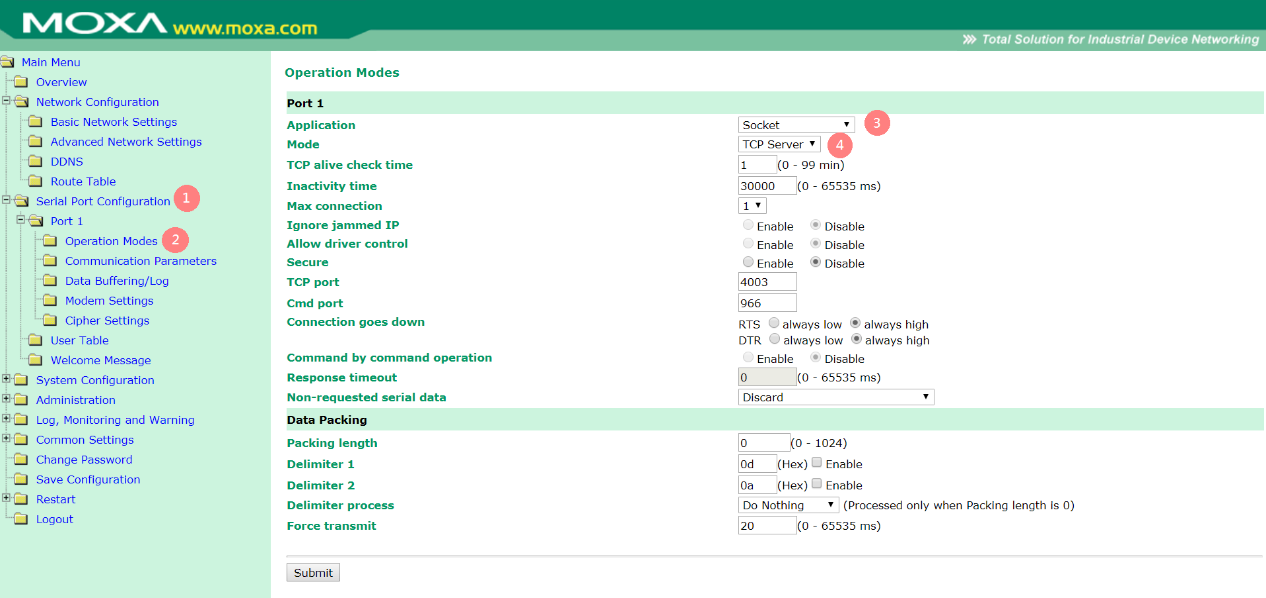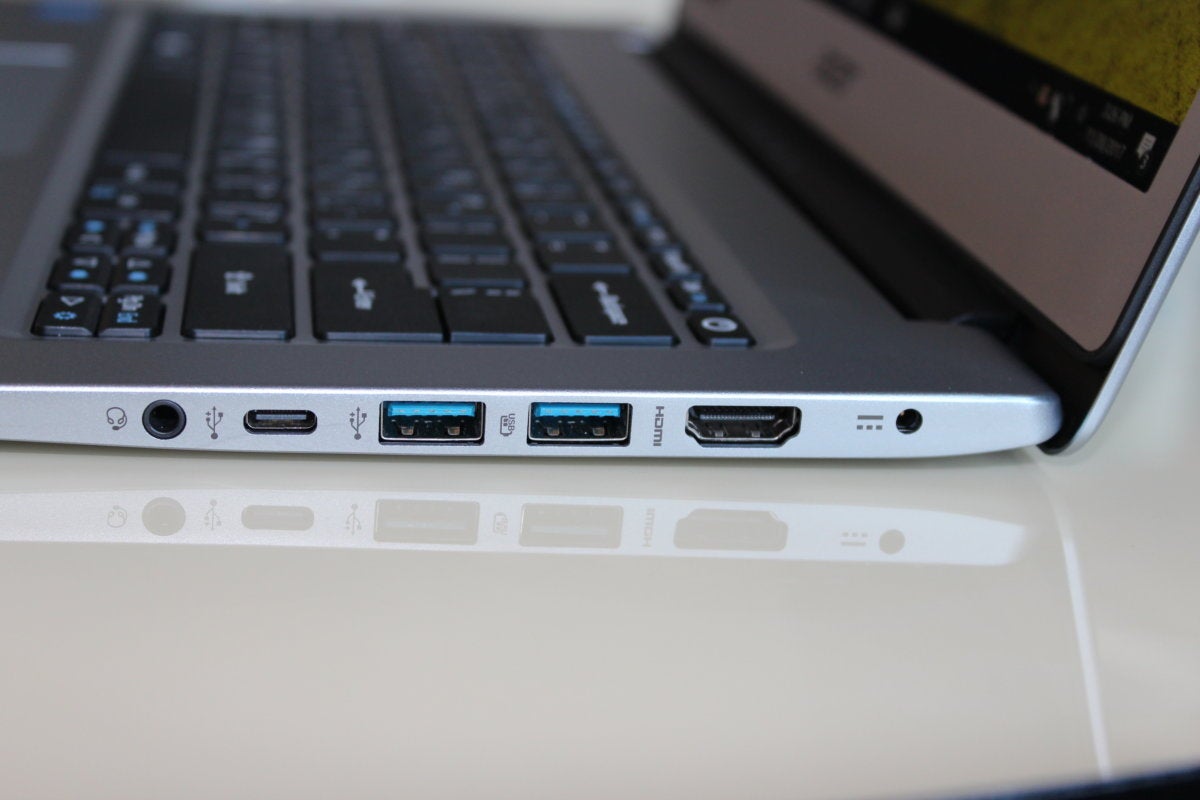Device drivers improve sound, graphics, networking, and storage performance. If you perform a custom VMware Tools installation or reinstallation, you can choose which drivers to install.
Socket PCMCIA Serial Adapter (COM3) - there are 1 drivers found for the selected device, which you can download from our website for free. Select the driver needed and press download. When you plug the device into your USB, Windows will look for the associated driver, if it cannot find this driver then you will be prompted to insert the driver disc that came with your device. Common USB Device errors are ‘usb port not working‘, ‘device descriptor request failed error’ or ‘bugcodeusbdriver’ issues. Biometric Devices. To easily find the required driver we have arranged them by vendor names and by device categories.
- Learn to download and easily update drivers for Windows computers and printers, modems, and bluetooth devices.
- Solved: Hello, I am having an issue with one particular driver on my HP EliteBook 840 G3. Please see below screenshots for more information. Based - 6905691.
The set of drivers that are installed when you install VMware Tools depends on the guest operating system and the VMware product. For detailed information about the features or functionality that these drivers enable, including configuration requirements, best practices, and performance, see the documentation for your VMware product. The following device drivers can be included with VMware Tools.
On Windows guest operating systems whose operating system is Windows Vista or later, the VMware SVGA 3D (Microsoft - WDDM) driver is installed. This driver provides the same base functionality as the SVGA driver, and it adds Windows Aero support.
For example, Windows Server 2008 defaults to LSI Logic SAS, which provides the best performance for that operating system. In this case, the LSI Logic SAS driver provided by the operating system is used.
VMware supplies a special SCSI driver for virtual machines that are configured to use the BusLogic virtual SCSI adapter. Virtual machines do not need this driver if they do not need to access any SCSI devices or if they are configured to use the LSI Logic virtual SCSI adapter.
The driver is included as part of the VMware Tools package or comes bundled with VMware ESX/ ESXi. It is available on the host as a floppy image at /vmimages/floppies/vmscsi.flp. The driver can be used in Windows XP, Windows Server 2003, or Windows 2000.
When you install VMware Tools, a VMXNET NIC driver replaces the default vlance driver.
- File Introspection Driver: The File Introspection driver uses the hypervisor to perform antivirus scans without a bulky agent. This strategy avoids resource bottlenecks and optimizes memory use.
- Network Introspection Driver: The Network Introspection driver supports NSX for vSphere Activity Monitoring.

 The drivers for Linux are automatically installed during your operating system installation, eliminating the need to separately install drivers after OS installation. VMware actively maintains the source code for VMware Paravirtual drivers, VMXNET, VMXNET3 and kernel modules, and any Linux distributions creating new OS releases automatically include the latest VMware drivers.
The drivers for Linux are automatically installed during your operating system installation, eliminating the need to separately install drivers after OS installation. VMware actively maintains the source code for VMware Paravirtual drivers, VMXNET, VMXNET3 and kernel modules, and any Linux distributions creating new OS releases automatically include the latest VMware drivers. Socket Port Devices Driver Download
Do not delete or replace existing inbox drivers for Linux that are distributed by your OS vendors. Deleting or replacing these drivers might cause conflict with future updates to the drivers. Contact your OS vendor or OS community for availability of specific updates to drivers.
See http://kb.vmware.com/kb/2073804 for information about availability, maintenance, and support policy for inbox drivers for Linux.
If you use Workstation or Fusion, you can install the Shared Folders component. With Shared Folders, you can easily share files among virtual machines and the host computer. The VMHGFS driver is a file system redirector that allows file system redirection from the guest operating system to the host file system. This driver is the client component of the Shared Folders feature and provides an easy to use alternative to NFS and CIFS file sharing that does not rely on the network. For Linux distributions with kernel version 3.10 and later, a new FUSE based Shared Folders client is used as a replacement for the kernel mode client.
Socket Port Devices Driver Windows 10
VMware Tools installation include the VMware AppDefense, a security management and monitoring solution. AppDefense agent can be installed on the guest virtual machine using the VMware Tools installer. However, VMware Tools cannot install the AppDefense component automatically. You need to install the component manually.
